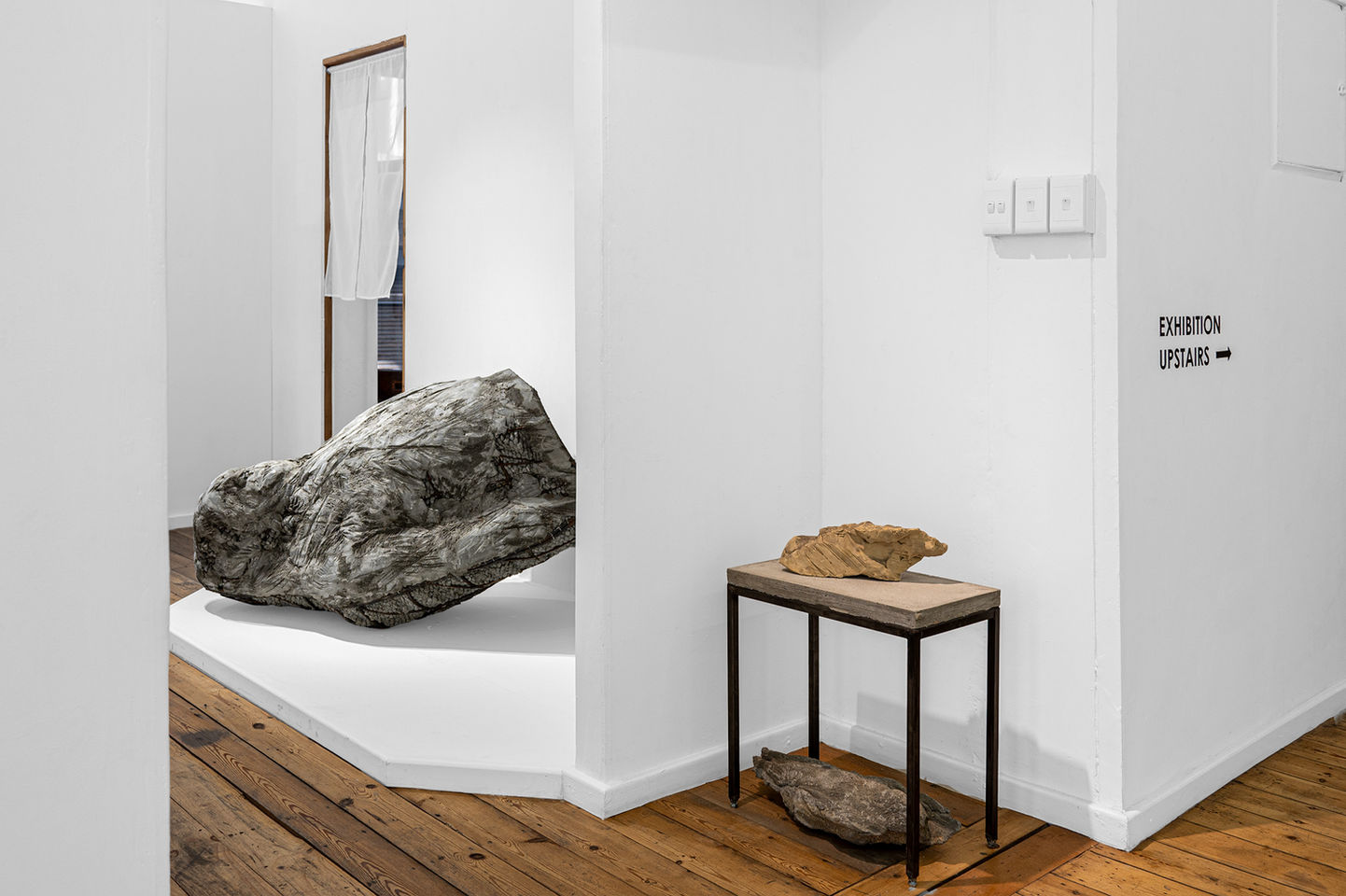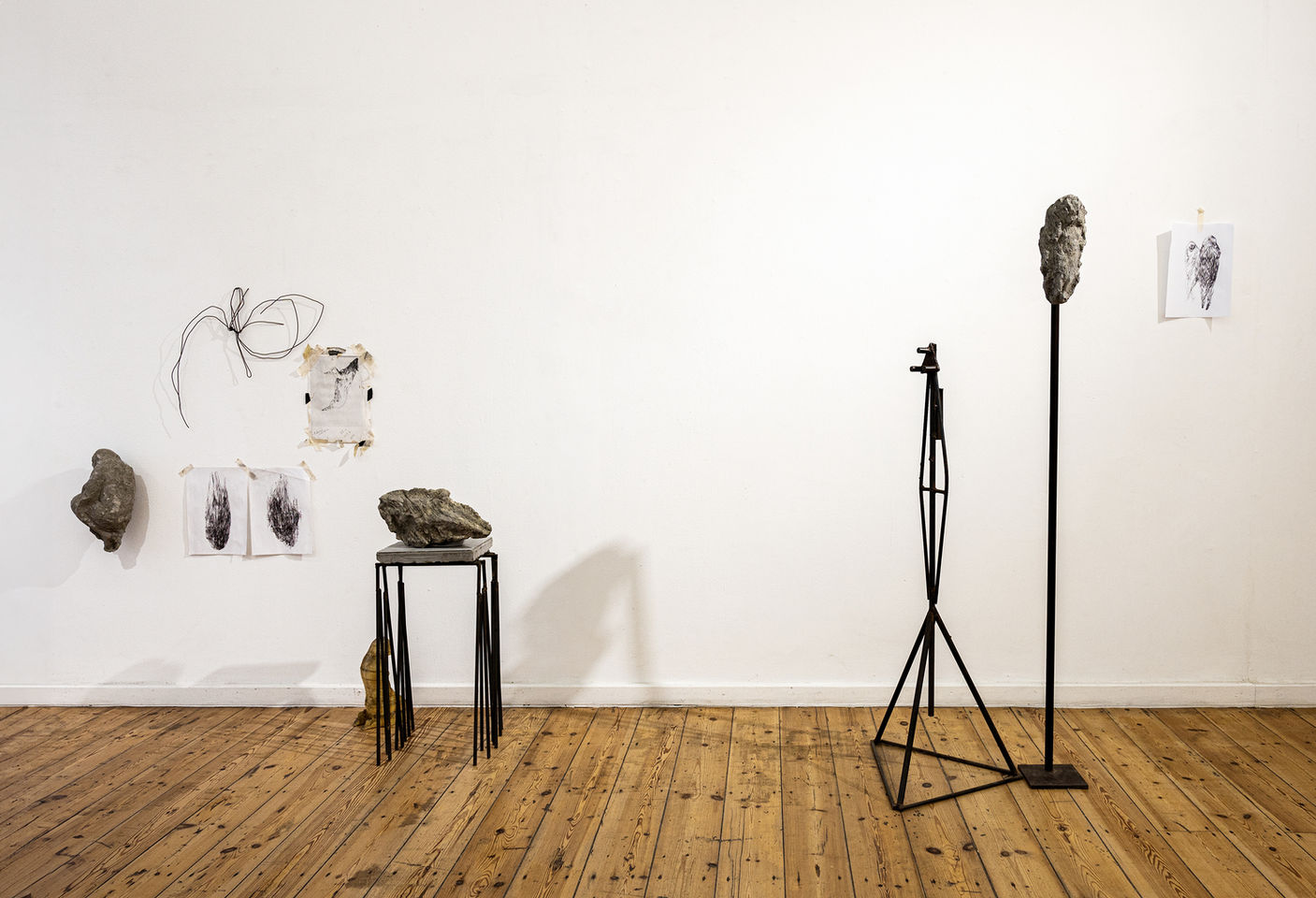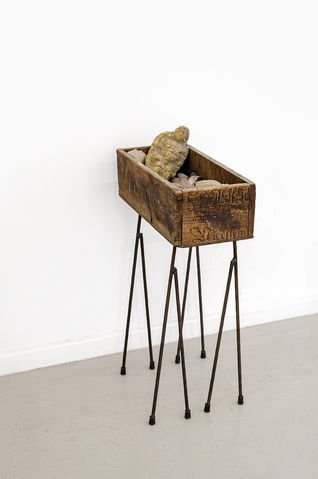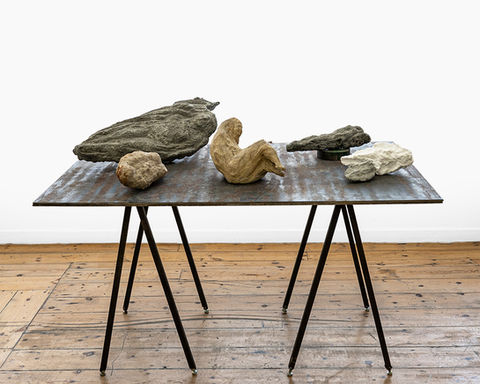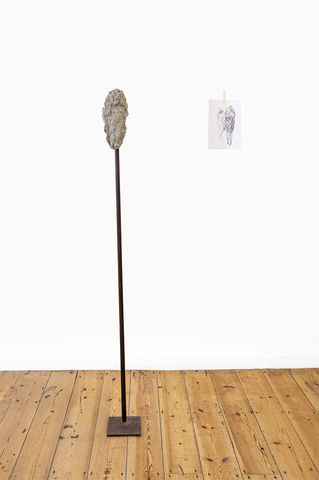LEDELLE MOE
Murmurs: Studies and Sketches
SMAC Cape Town
16. 10. 25
Known for her monumental sculptures, Ledelle Moe’s work often asks us to consider scale, mass, weight and time. This exhibition is a collection of studies - like a stream of consciousness tracing sketches, maquettes and journal entries. These works mark a series of thoughts and ideas. They are considerations of non linear time and the experiences that often defy the syntactic. In a temporal sense, these murmurous sculptures reflect on the fluidity of time and relativity.
Timothy Ingold proposes that the world is a “dynamic mesh of interwoven lines. These lines connect, tangle, and form relationships." Lines, both physical and metaphorical, build the world around us. They outline, point to, and give texture to our sensorial, intellectual, emotional experience. Moe’s sculptures are in dialogue with the dynamism of these lines - how they react to opposing forces of tension and friction, and how they connect and entangle to form knots. They respond to the web of energy that connects us both to each other and to the world around us. According to Ingold this sense of life can be found in “concretions or swellings in animal tissues, and even, by analogy, to rocky outcrops of similar conformation and texture."
Moe’s use of concrete and clay embraces both fragile and industrial materials to look at contradictions of stability and loss. Unfolding as both an ancient and contemporary material, concrete and clay has served to translate and give form to architectural and sculptural forms over millennia. These materials hold connections to the land, and the impermanence of its memory.
Ledelle Moe’s collection of studies is quiet; they trace how things pull apart at certain moments and cluster together at others. The lines that run between us are in a constant state of flux between tension and slack, singular and knotted. They tie us to each other and to the breathing world around us. By using local materials from the Western Cape, Moe definitively locates her works in this province’s ecological, historical, and sociological context.


